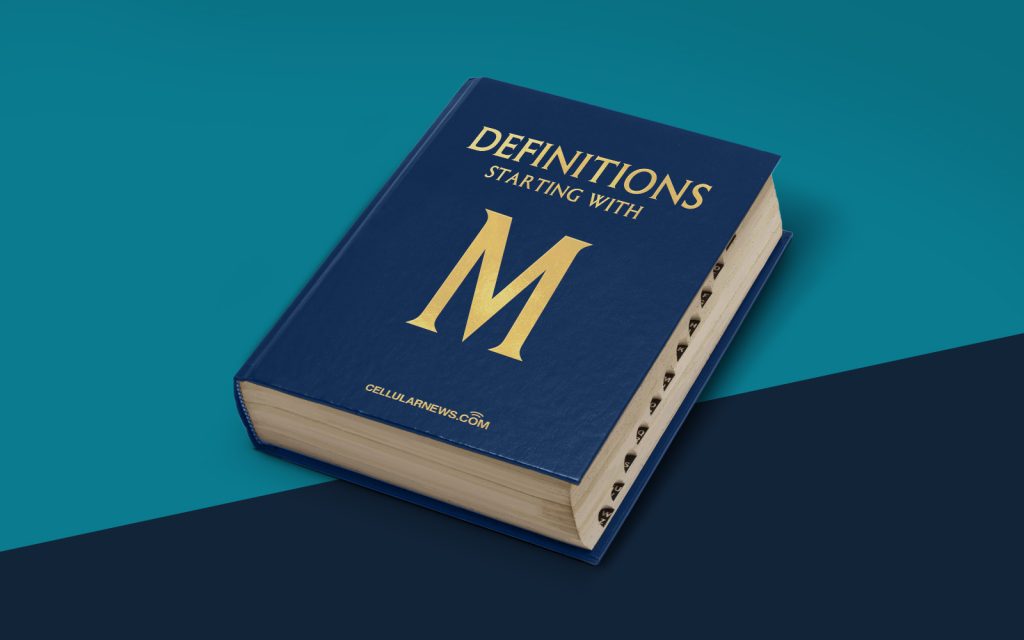
Unveiling the Power of Mood Boards: A Journey into Creativity
Welcome to the DEFINITIONS category of our blog! In this edition, we dive into the fascinating world of mood boards. Have you ever wondered what mood boards are and how they can enhance your creative process? Look no further! In this blog post, we will demystify the concept of mood boards and reveal their incredible potential. So, let’s embark on this creative journey together!
Key Takeaways:
- Mood boards are visual collages that capture the essence, mood, and style of a concept or idea.
- They serve as powerful tools to spark inspiration, communicate design visions, and align creative teams.
At its core, a mood board is a curated collection of images, colors, typography, patterns, textures, and other visual elements that help communicate a specific mood or concept. Think of a mood board as a canvas where you can piece together different visual elements to capture the essence and atmosphere you want to evoke.
Let’s say you’re embarking on a new design project, whether it’s creating a logo for a client or envisioning the look and feel of a website. Before diving into the details, creating a mood board allows you to explore various styles, experiment with different color palettes, and gather inspiration from various sources.
Now, you might be wondering, “Why should I bother with a mood board? Can’t I just Google images or browse Pinterest for inspiration?” Ah, fair questions! While Google and Pinterest can be valuable sources of inspiration, a mood board offers distinct advantages:
- Visualizing Concepts: Mood boards provide a tangible representation of your creative vision. They allow you to gather visual elements that align with the mood, style, and emotions you aim to convey, enabling you to refine and communicate your concept with greater clarity.
- Collaboration Made Easy: In a team or client setting, mood boards serve as a common reference point. By sharing a mood board, everyone involved can better understand the visual direction, and any changes or adjustments can be discussed and implemented more efficiently.
Creating a mood board is an artistic and intuitive process. You can approach it in various ways, depending on your preferences and the project at hand. Some popular techniques include:
- Physical Collage: Cutting out images from magazines or printing visuals and arranging them on a physical board.
- Digital Platforms: Utilizing online tools and software like Adobe Photoshop, Canva or Pinterest, where you can quickly gather and organize digital visuals.
- Hand-drawn Sketches: If you prefer a more organic and personal touch, sketching your ideas and concepts by hand can add a unique, artistic flair to your mood board.
Remember, there’s no right or wrong way to create a mood board. Experiment with different techniques, embrace your creativity, and let your imagination guide you!
So, whether you’re a designer, a marketer, or someone seeking inspiration, incorporating mood boards into your creative process can make a world of difference. By collating visual elements and capturing the desired mood, a mood board transforms abstract ideas into concrete visual representations.
Next time you embark on a design project, embrace the power of mood boards and see how they enhance your creativity and collaboration. We hope this blog post provided you with a comprehensive understanding of mood boards and their remarkable potential. Happy mood boarding!
